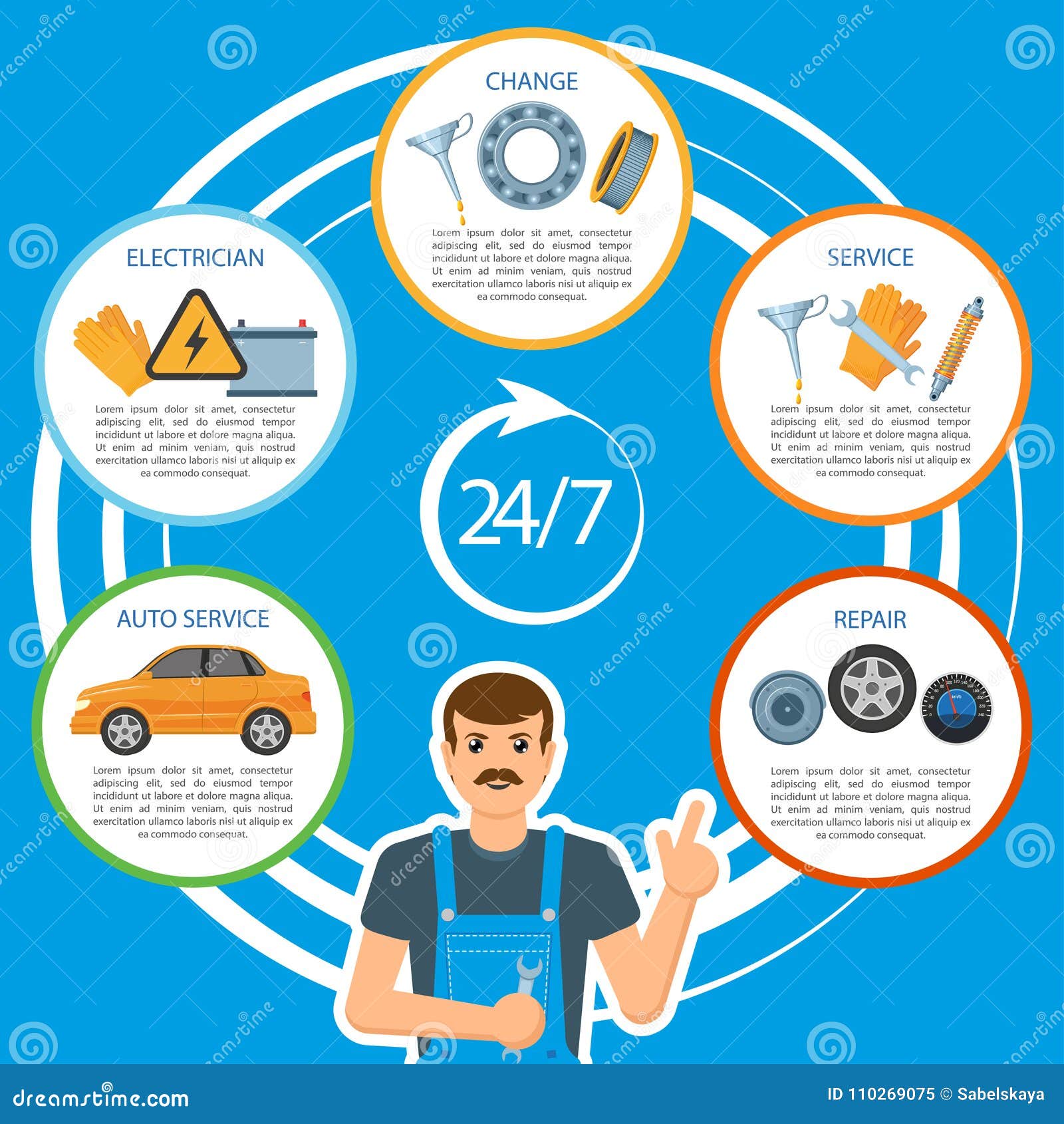Seeking Clarity On The Warning Lights Displayed On Your Vehicle'S Control Panel? Learn How They Associate With Your Automobile'S Health And Safety
Seeking Clarity On The Warning Lights Displayed On Your Vehicle'S Control Panel? Learn How They Associate With Your Automobile'S Health And Safety
Blog Article
Web Content Writer-Higgins Winters
When you're behind the wheel, those glowing caution lights on your dashboard can be a little bit difficult. Do you understand what they're attempting to inform you regarding your automobile's wellness? Understanding the significance of these lights is essential for your safety and security and the long life of your vehicle. So, the next time one of those lights pops up, wouldn't you want to understand its message accurately and take the required actions to address it?
Common Warning Lighting and Interpretations
Recognize usual caution lights in your car and understand their significances to ensure secure driving.
The most typical warning lights consist of the check engine light, which indicates concerns with the engine or emissions system. If this light begins, it's critical to have your car examined without delay.
The oil stress alerting light suggests reduced oil stress, calling for immediate attention to avoid engine damages.
A blinking battery light may recommend a faulty charging system, possibly leaving you stranded if not dealt with.
The tire stress surveillance system (TPMS) light signals you to reduced tire stress, influencing car stability and fuel effectiveness. Neglecting this could lead to harmful driving problems.
The abdominal muscle light indicates a problem with the anti-lock braking system, compromising your capacity to stop promptly in emergencies.
Lastly, the coolant temperature level cautioning light warns of engine getting too hot, which can result in severe damages otherwise resolved promptly.
Recognizing these usual warning lights will certainly aid you address concerns without delay and maintain risk-free driving conditions.
Significance of Prompt Focus
Recognizing the usual warning lights in your auto is just the very first step; the significance of immediately addressing these warnings can't be stressed sufficient to guarantee your security when traveling.
When a caution light illuminates on your control panel, it's your automobile's method of communicating a potential issue that needs focus. Disregarding these cautions can lead to extra severe issues down the road, jeopardizing your safety and possibly costing you more in repairs.
Prompt attention to alerting lights can stop failures and mishaps. For instance, a flashing check engine light can indicate a misfire that, if left unattended, might create damage to the catalytic converter. Resolving this quickly can conserve you from an expensive fixing.
Likewise, a brake system warning light may signal reduced brake fluid or worn brake pads, important elements for your security when driving.
Do It Yourself Troubleshooting Tips
If you discover a caution light on your control panel, there are a couple of DIY troubleshooting suggestions you can try before looking for specialist assistance.
The very first step is to consult your auto's guidebook to recognize what the certain warning light indicates. Sometimes https://mvprogress.com/2022/03/29/auto-parts-store-opens-in-littlefield/ can be as straightforward as a loosened gas cap setting off the check engine light. Tightening up the gas cap may fix the issue.
One more usual concern is a reduced battery, which can trigger various warning lights. Checking the battery connections for deterioration and guaranteeing they're secure may fix the trouble.
If a caution light persists, you can attempt resetting it by separating the car's battery for a few mins and afterwards reconnecting it. Additionally, examining your car's fluid degrees, such as oil, coolant, and brake fluid, can assist fix advising lights connected to these systems.
Verdict
To conclude, understanding your cars and truck's caution lights is necessary for maintaining your automobile running smoothly and securely. By promptly addressing https://oil-change-places-near-me28406.blogofchange.com/30808824/unveiling-the-tricks-of-a-five-star-automobile-repair-shop-experience and knowing what they indicate, you can avoid pricey repairs and prospective breakdowns.
Bear in mind to consult your automobile's manual for particular details on each cautioning light and do something about it as necessary to make sure a trouble-free driving experience.
Stay informed, stay risk-free when traveling!
